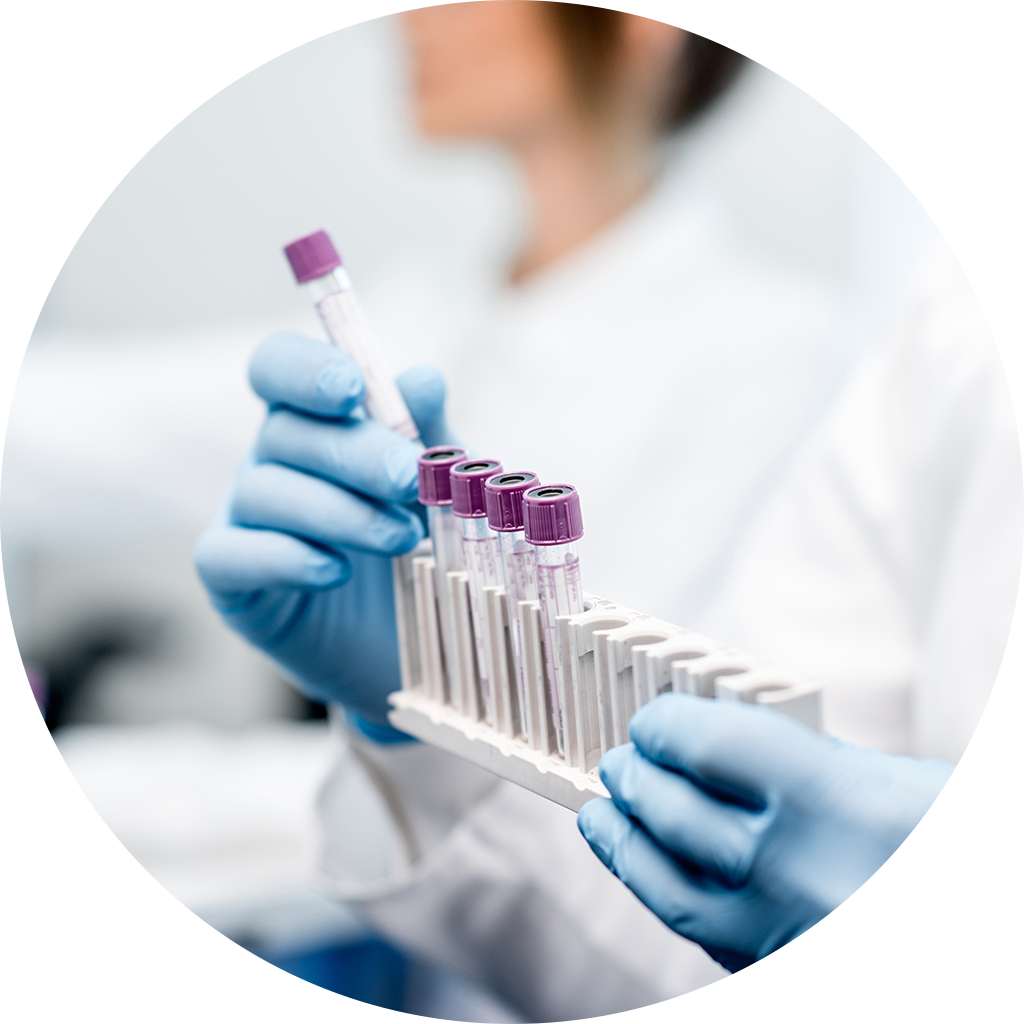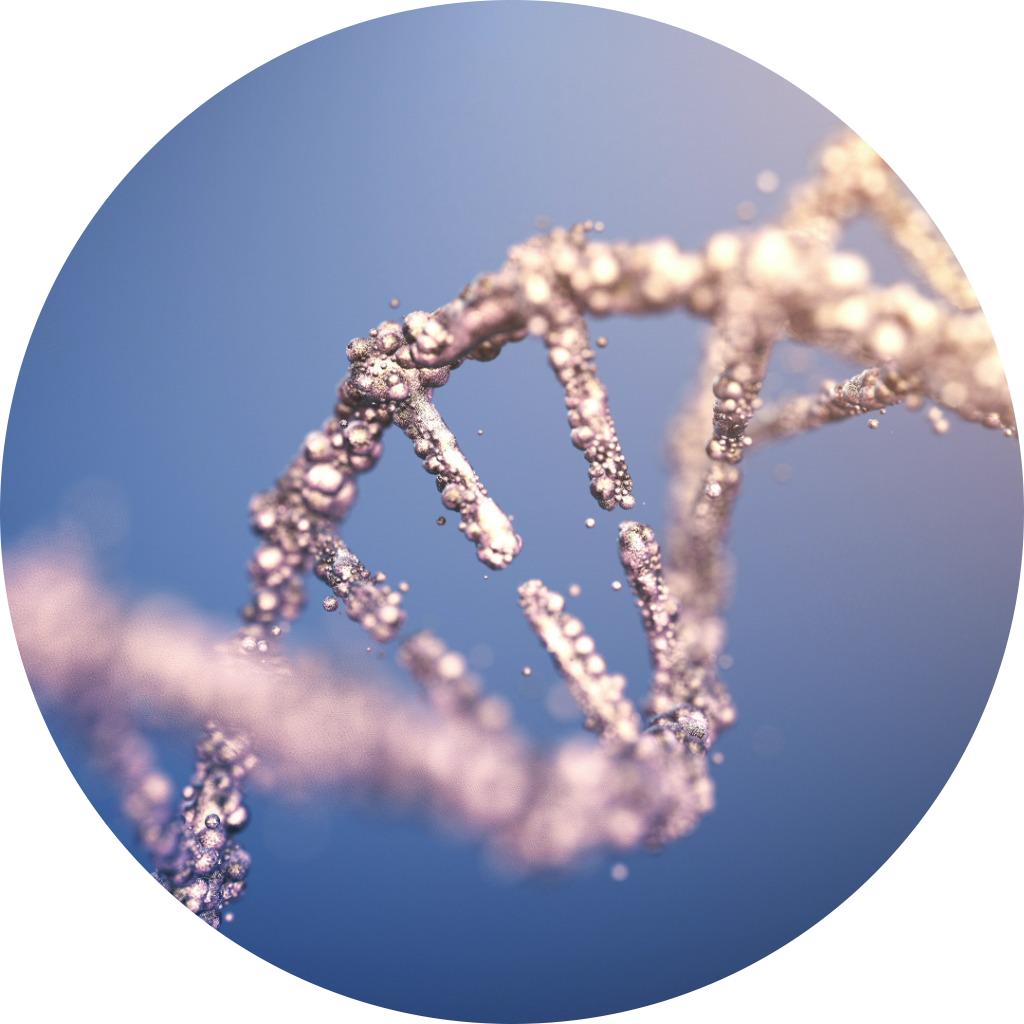
New Life’s Superior Regenerative Products
Regenerative medicine is a growing treatment option for a variety of healthcare disciplines. Clinicians and physicians from all over the globe are turning to regenerative medicine to offer their patients one of the healthcare industry’s most advanced and well-tolerated treatment methods available. Getting started with regenerative medicine involves researching its various forms and determining the best fit for your patients.
Forms of Regenerative Medicine
What clinicians may not know is that there are a variety of options when it comes to regenerative medicine. Patients may use the regenerative components found in their own body, or they may opt for donated components.
Autologous Cells
Autologous cells are derived from the patient’s own body. They are typically sourced from the fat, blood or bone marrow and require an invasive procedure to gain access to them. While some believe that autologous stem cells are superior, less likely to cause an adverse reaction and more clinically effective, the opposite may often be true.
Autologous cells are often taken from older individuals who have fewer regenerative components available, meaning they would be less clinically effective than donated regenerative components. Taking cells from fat, blood or bone marrow and introducing them to a different part of the body may also cause adverse reactions and tend to be less immune-privileged. Then there is the fact that the patient must undergo an invasive, often uncomfortable procedure to gain access to these components in the first place, lowering the desire for such treatments.
Allogeneic Cells
Allogeneic cells are cells sourced from a donor, often from the birth tissue of a safe and healthy birth. Using birth tissue for regenerative purposes is growing in popularity as it contains a plethora of regenerative components that have the potential to heal the body from the inside out. Allogeneic cells contain higher amounts of viable growth factors and do not require any patient harvesting, meaning they are safer and more readily available than autologous cells.
Where do allogeneic cells come from?
New Life Regenerative Medicine sources our allogeneic cell products from the birth tissue of carefully-prescreened and healthy mothers who have agreed to the donation process. Harvesting the regenerative components from the birth tissue does not harm the mother or her child. It begins only after a safe and healthy birth and simply requires cutting the umbilical cord (which happens following every birth) and collecting it along with other tissues, such as the placenta and amniotic fluid.
Other companies may collect birth tissue in a similar fashion but fail to provide the close supervision necessary to prevent the cells from dying during storage and transport, making the product ineffective. New Life carefully handles these birth tissues, meeting, and oftentimes, exceeding, the required regulations for safe collection, transport and processing. Learn more about New Life’s safe and superior processing procedures here.




